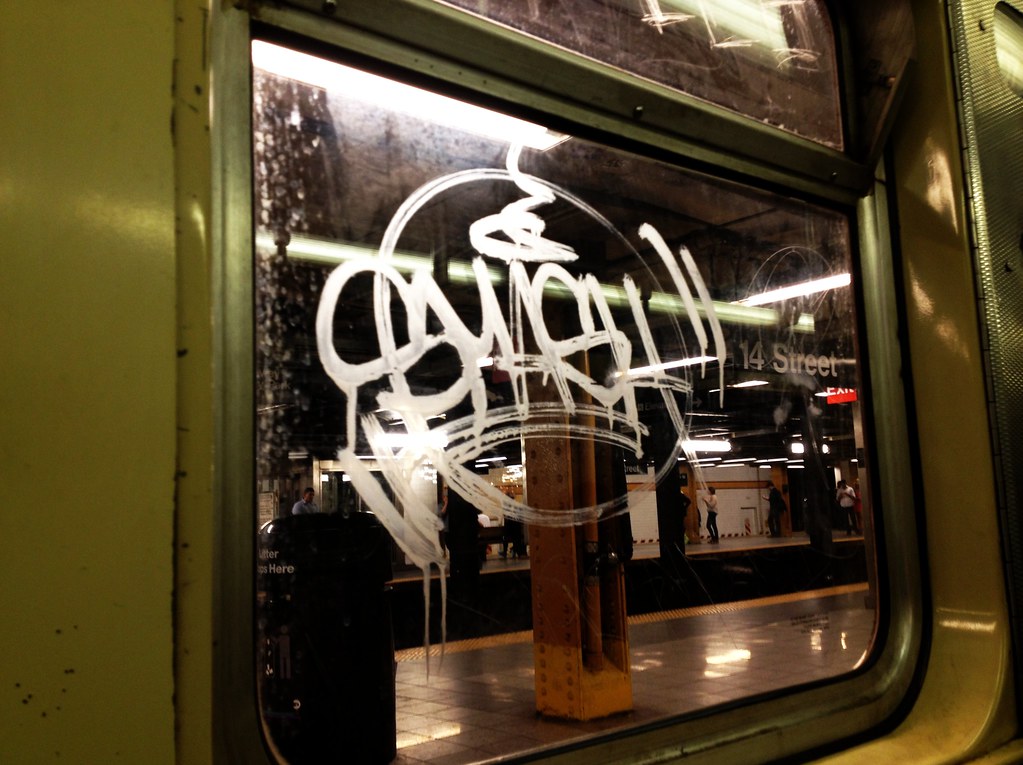The subway’s importance to the city begins with a single, durable economic principle: Cities create density, and density creates growth. Economists call the phenomenon agglomeration. Not only does geographical proximity reduce costs, but it also facilitates the exchange of knowledge and spurs innovation. It’s a principle that holds true for better and worse and regardless of the industry. The free-market economist Edward Glaeser has pointed out that the junk bonds and leveraged buyouts of ’70s and ’80s Wall Street were as much the product of human collaboration as they were of corporate greed. The urban-planning professor Elizabeth Currid-Halkett coined the phrase “the Warhol economy” to describe how this same sort of cross-fertilization and idea-sharing works in New York’s art, fashion and music worlds. As industries grow, they attract and create new, connected ones: Book publishers beget book agents, tech start-ups beget venture-capital firms and so on. It all begins with the ability to pack large numbers of people into small spaces and then unpack them at the end of the day. Without the subway, this process breaks down, and the city dissipates.
Ravitch took his case to editorial boards and legislative leaders. But there was a problem. No one wanted new taxes. So Ravitch cold-called David Rockefeller, the longtime head of Chase Manhattan Bank. “I said, ‘Mr. Rockefeller, this is an audacious request, but would you get up at 5 in the morning and let me show you the subway system?’ ” he told me one afternoon in his office at Waterside. “And he said yes.” Ravitch then suggested that Rockefeller bring along the chairman of MetLife and the president of AT&T. All three went and saw the dirty, graffiti-scarred system firsthand. As Ravitch tells the story, that was all it took: Rockefeller called the majority leader of the State Senate and told him to “give Ravitch what he needs.” The tax package passed, and Ravitch ultimately raised $7.7 billion — more than $17 billion in today’s dollars — much of which was spent replacing cars, refurbishing stations and increasing maintenance.
The turnaround was not immediate. A year after Ravitch’s tax plan was enacted, annual subway ridership dropped below one billion. But before long, as the system gradually became safer, more reliable and less unsavory, it started to trend up
. By 2015, ridership had hit 1.7 billion, a level not seen since the late 1940s.
The Case for the Subway











